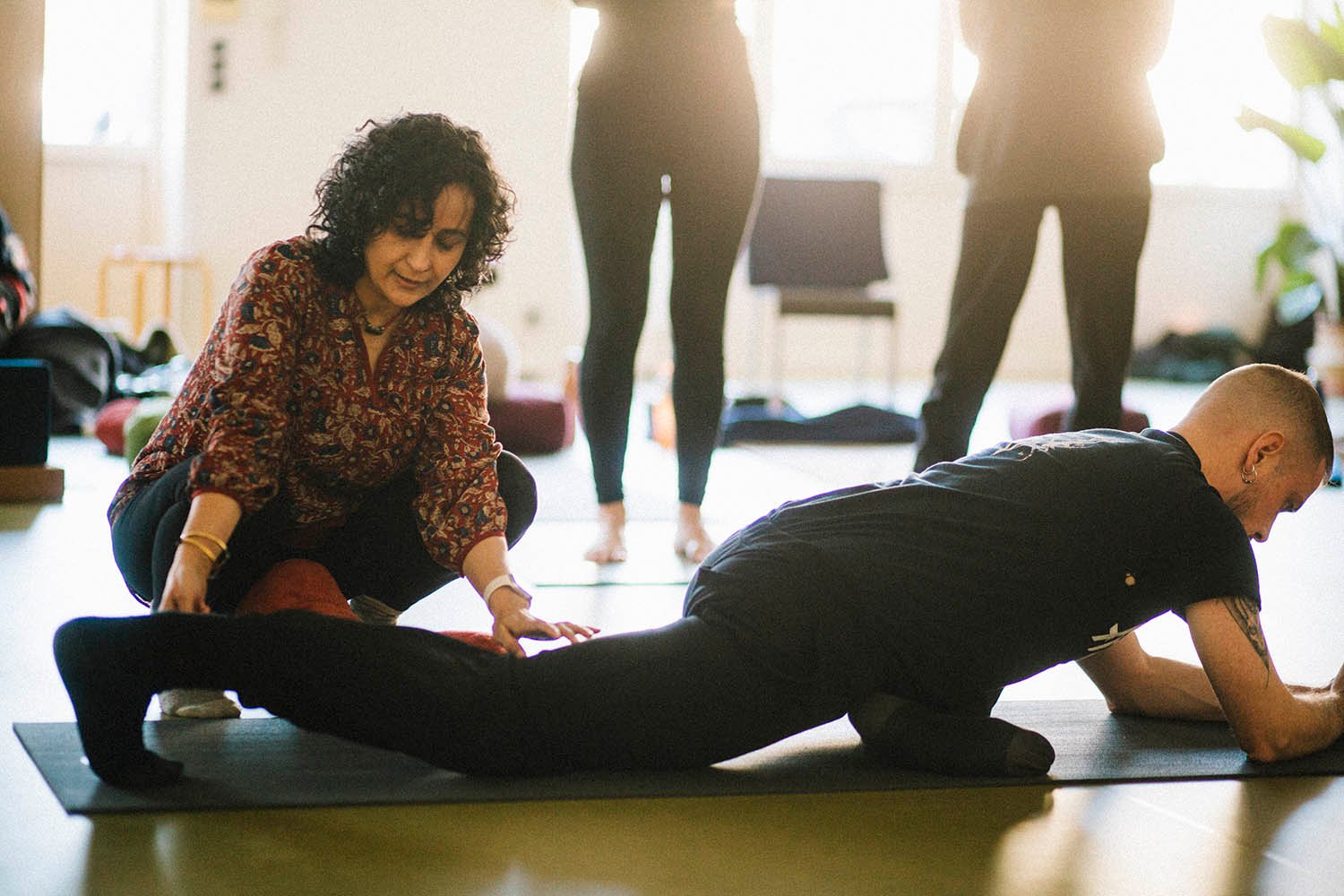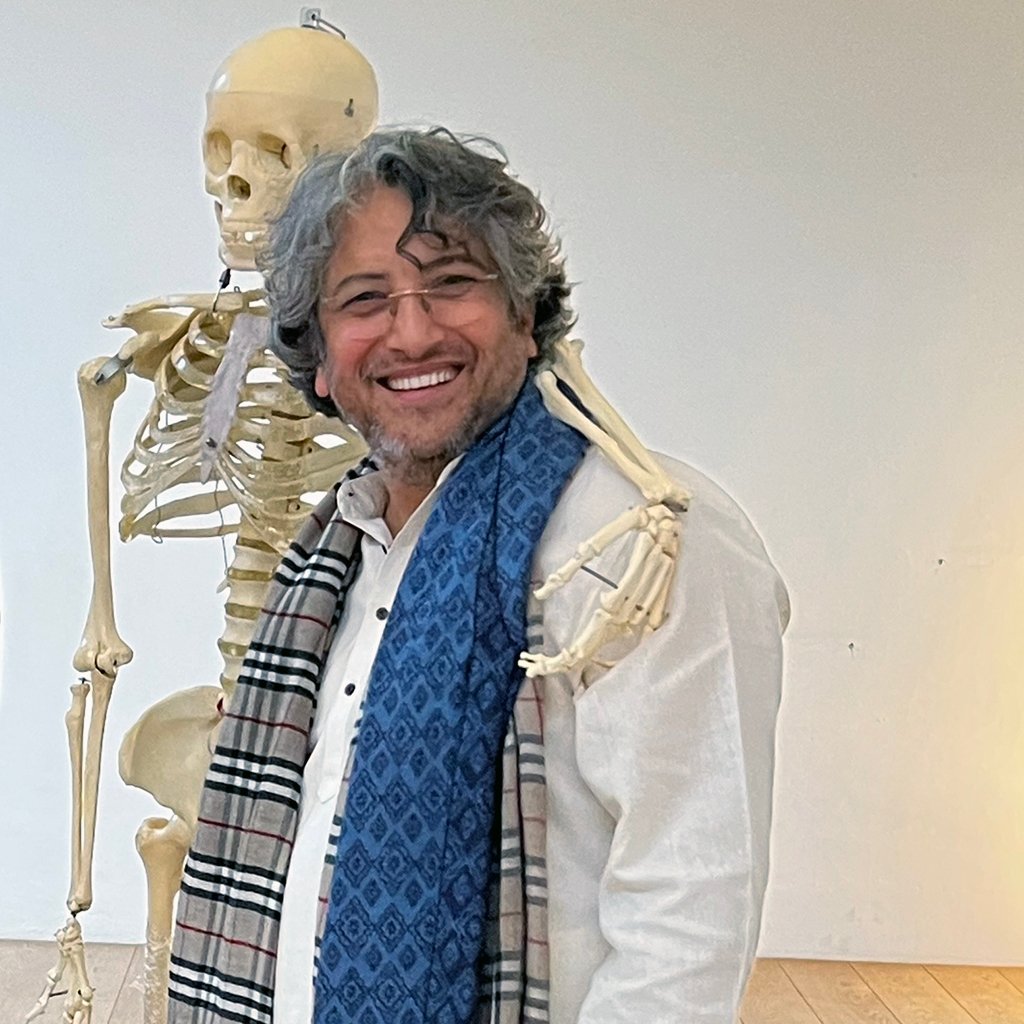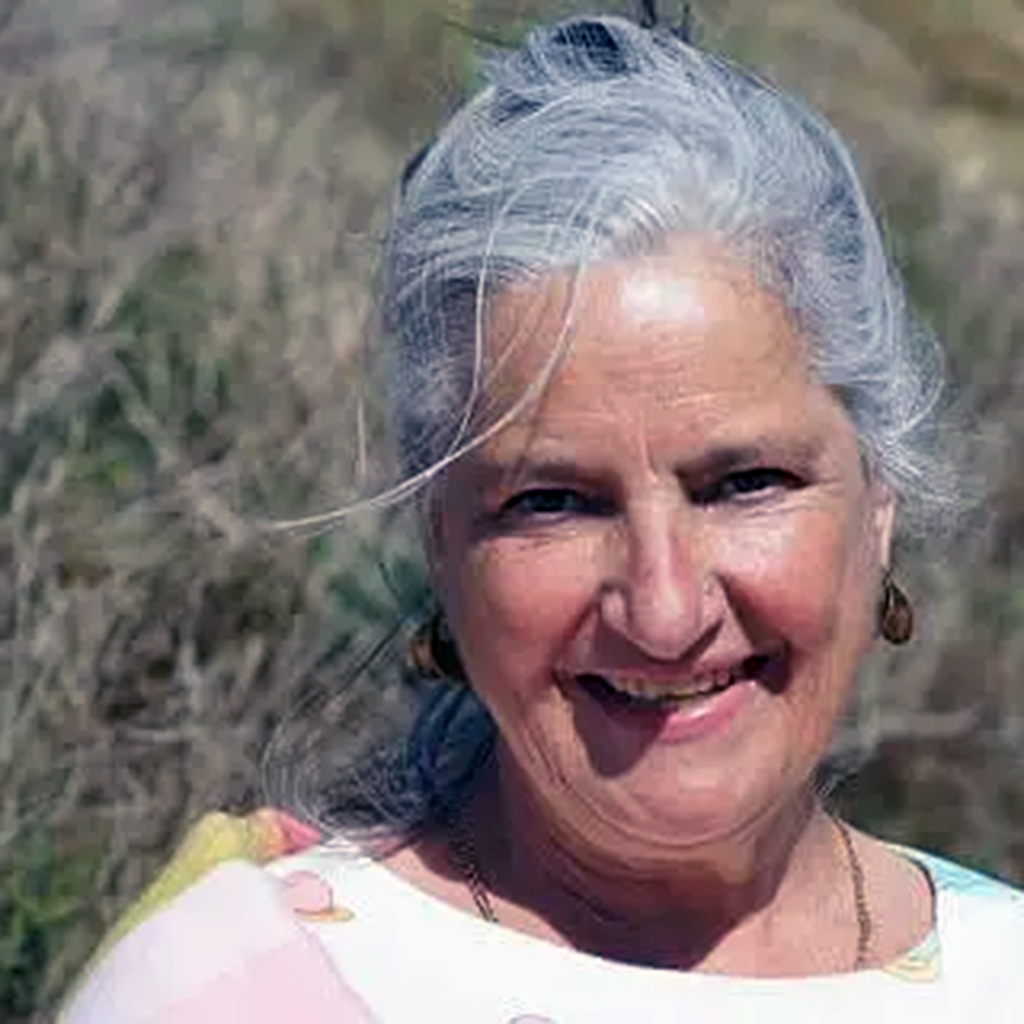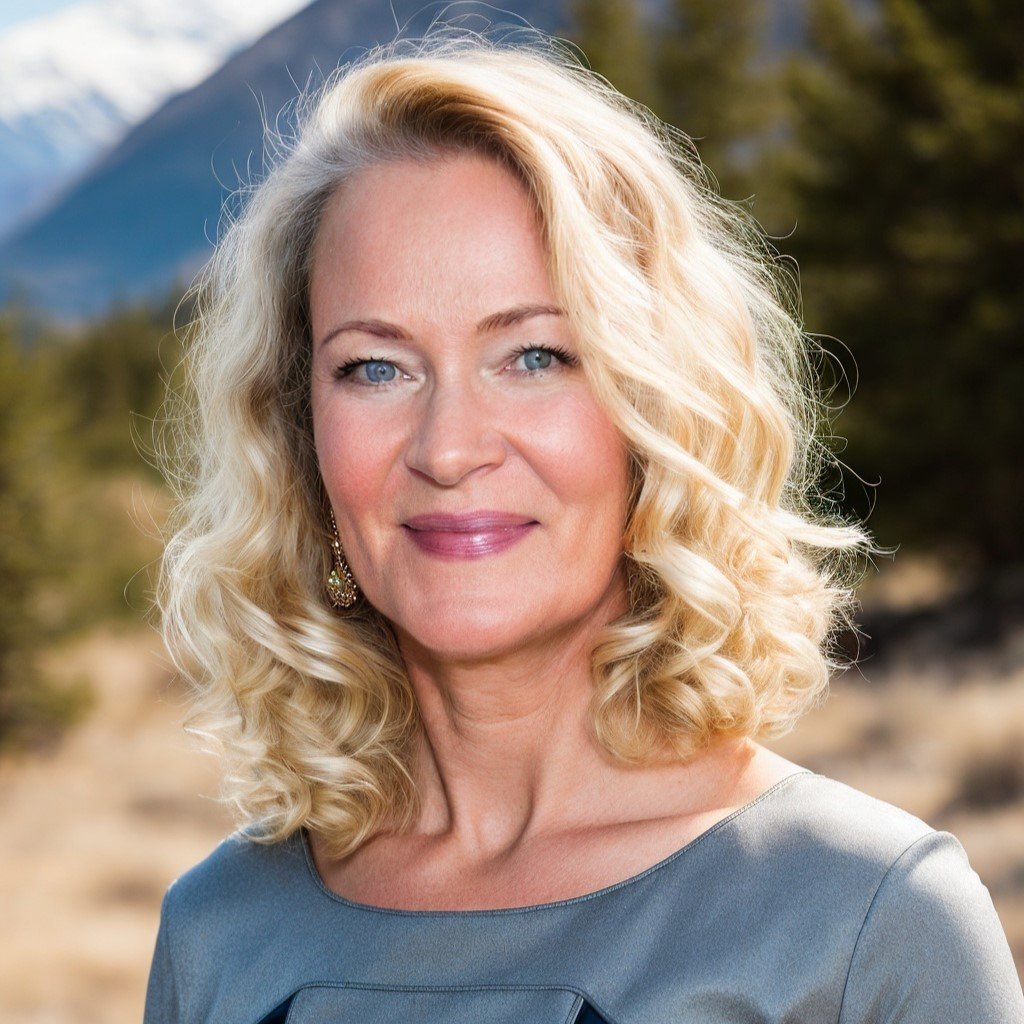YOGA ANATOMY
100 HOURS ADVANCED TEACHER TRAINING
Understanding Yogic Anatomy: A Path to Deeper Practice
Yogic anatomy is the study of both the physical and energetic structures of the human body as they relate to the practice of yoga. It includes knowledge of muscles, bones, and connective tissues, as well as the subtle channels through which energy flows.

For yoga teachers, this understanding is essential. It forms the foundation for creating safe, effective practices for students of all levels. With insight into the body’s mechanics and energy systems, you can help your students avoid injury, refine their posture, and experience the deeper benefits of yoga.
More than just a teaching tool, yogic anatomy invites you to see each student as a unique being. No two bodies are the same. A deep study of yogic anatomy allows you to tailor your instruction to the individual—acknowledging their strengths, challenges, and needs.
Through this lens, yoga becomes more than movement; it becomes a way of life. It encourages mindful adjustments, respectful alignment, and the cultivation of awareness in every posture.
By integrating yogic anatomy into your teaching, you not only deepen your own practice—you also become a more skilled, trusted, and sought-after guide for others on their path.
What You Will Learn
-
Yoga Anatomy based on the concept of Koshas: Delve into the anatomical aspects of yoga through the lens of the Koshas, which are conceptual layers of the self.
-
Advanced Physical Anatomy and Body Reading: Develop an advanced understanding of physical anatomy and learn the skill of body reading to better assess individual needs and limitations.
-
Specific Hands-on Adjustments and Assists: Acquire the knowledge and skills to provide specific hands-on adjustments and assists, enhancing students’ alignment and deepening their practice.
-
Yoga Techniques Effecting the Vital Organs: Explore yoga techniques that have a direct impact on the health and function of vital organs, promoting overall well-being.
-
Yoga for Health and Vitality of Yoga-Relevant Body Systems: Learn how yoga can support the health and vitality of key body systems, including the endocrine, cardiovascular, respiratory, and digestive systems.
-
Reproductive Health and Wellbeing: Understand how yoga can be applied to promote reproductive health and overall wellbeing.
-
The Role of Meditation in Yoga Anatomy: Discover the crucial role of meditation in yoga anatomy, emphasising the mind-body connection and its impact on physical and mental health.
-
Understanding the Mind-Body Connection and Teaching Accordingly: Gain insights into the intricate mind-body connection and learn how to effectively teach yoga in a way that acknowledges and supports this relationship.
This training offers a comprehensive exploration of yoga anatomy, ensuring participants gain the confidence and knowledge to guide students safely and deepen their own personal practice. It provides a new perspective on yoga as both an art and a science.
Your Trainers

Sanjeev Bhanot
Yogalife Founder
A leading yoga trainer and therapist, esteemed for his deep insights into human anatomy and psychology. As a naturopath involved in numerous scientific research programmes, his approach is both holistic and evidence-based. His teachings take you on a transformative journey fostering positivity, health, and empowerment. Sanjeev’s work extends globally including with organizations like the UN, World Bank, GIZ, Microsoft or Deutsche Bank.

Nadine Vanmanshoven
Physical Therapist
A Physical Therapist since 1979, Nadine brings a wealth of expertise in applied anatomy and an enduring curiosity about the human body. As a seasoned educator, she seamlessly integrates yoga, anatomy, physical therapy, and science, creating a holistic approach to teaching and practice.

Anne McNabb
Health Coach
Anne McNabb is a Certified Senior Yoga Instructor (E-RYT 500, YACEP) and a Health Coach specializing in corporate health and well-being initiatives. She has collaborated with prominent international organizations and corporations, including WHO, WMO, IFRC, ITC, WTO, HSBC, P&G, DHL, and many others.

Giulial Righi
Yoga Therapist
Giulia is a 500 RYT, yoga therapist and massage practitioner based in Lausanne, with extensive training in yoga therapy, breathwork, and massage therapy. Drawing from her own healing journey, she helps individuals navigate physical and emotional challenges through personalized, body-centered approaches that foster self-awareness and holistic well-being. Her work integrates movement, breath, meditation, and modalities like Thai massage and TRE®.
Practical Information
📅 Course Dates – 4 Inspiring Weekends
Join us in Luxembourg for an immersive journey spread across four weekends:
-
6 – 8 February 2026
-
6 – 8 March 2026
-
27 – 29 March 2026
-
24 – 26 April 2026
Alongside the in-person sessions, you’ll complete 15 hours of self-paced learning, integrated before, during, and after the training. The experience wraps up with a final online meetup for reflection and connection.
💶 Tuition Fees
-
Early Bird Price: € 1950 (available until December 1st, 2025)
-
Regular Price: € 2350
✨ Flexible payment plans are available—just reach out if you’d like to set one up.
📩 Questions? We’re here to help:
Email: shweta@yogalife.org
Phone: +32 468 156 160
👥 Who Is This Training For?
This course is for yoga teachers and curious explorers who have completed a 200-hour Yoga Teacher Training and are ready to go deeper into anatomy, awareness, and refined teaching skills.
⏰ Course Hours
Friday: 19:00 – 21:30
Saturday: 8:30 – 17:15
Sunday: 8:30 – 17:15
📍 Location
Youth Hostel Luxembourg-City
2, rue du Fort Olisy
L- 2261 Luxembourg
This peaceful and accessible location sets the perfect tone for focused practice and deep learning.
⏳ Total Training Hours (100 Hours)
-
40 hours of physical practice
-
25 hours of teaching methodology
-
25 hours of lectures and assessments
-
10 hours of spiritual practice
🎒 What to Bring
To make the most of your experience, please bring:
-
A yoga mat
-
Comfortable yoga clothes (bring a change!)
-
A woolen shawl (for warmth during lectures or meditation)
-
A blindfold (used in some meditative and awareness practices)
🌿 Who Can Join This Training?
This program is open to anyone who has completed at least a 200-hour yoga teacher training and is ready to deepen their understanding of yogic anatomy.
To get the most out of the training, you’ll need:
-
A good understanding of English, as the course is taught entirely in English.
-
A baseline level of health and fitness, since the training includes intensive physical practice. If you have any health concerns or physical limitations, please let us know—we’re happy to discuss how to make it work for you.
-
At least six months of regular yoga practice. The more familiar you are with yoga in daily life, the more this course will resonate with you.
-
If you are currently undergoing medical treatment or are pregnant, we kindly ask you to share your medical history with us and consult your doctor before applying.
📝 How to Apply
Applying is simple:
- Fill out the application form below.
- Our team will review your application and respond within 3 working days.
- Once you’re accepted, your spot is only confirmed after full payment. Places are limited and granted on a first-paid, first-served basis.
Please note: Travel, accommodation, meals, and personal expenses are not included and are your own responsibility.
💳 Payment & Confirmation
Once your application is approved, you’ll receive our bank details for payment.
Installment options are available—just reach out to us if you’d like to discuss this.
🧘 Certification with Yoga Alliance
Graduates of this training are eligible to register their 100-hour continuing education with Yoga Alliance. This course is designed to help you grow as a teacher and stand out in the yoga community.
🔁 Refund & Cancellation Policy
We understand that plans can change. Here’s what you need to know:
-
A €750 non-refundable fee applies upon registration.
-
If you cancel less than 4 weeks before the training starts, the non-refundable portion increases to €1,000.
-
Last-minute cancellations (within a week of the training) will forfeit the full deposit.
In special cases, your deposit may be credited toward a future training—with approval from a Yogalife director and a valid reason.
If Yogalife has to cancel the training for any reason, your full payment will be refunded.
Please note that all bank or transfer fees are the responsibility of the participant.



